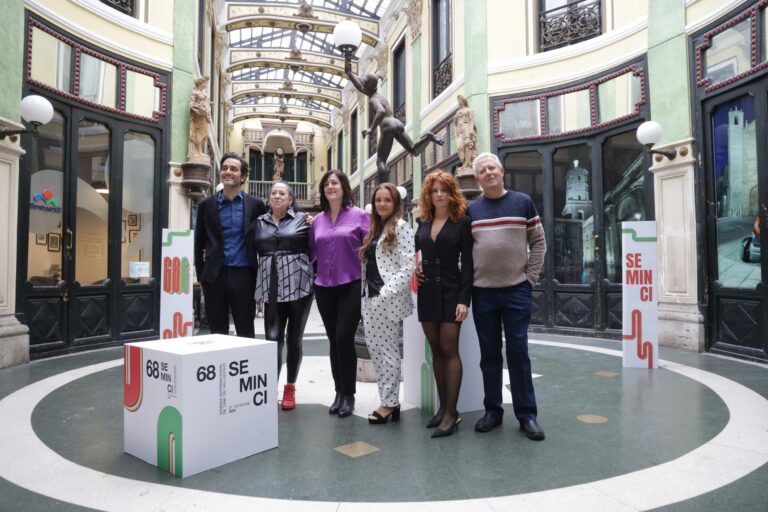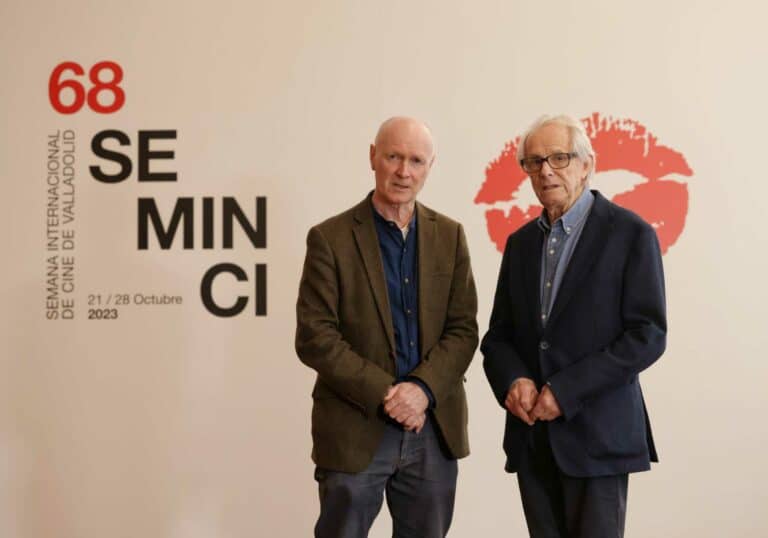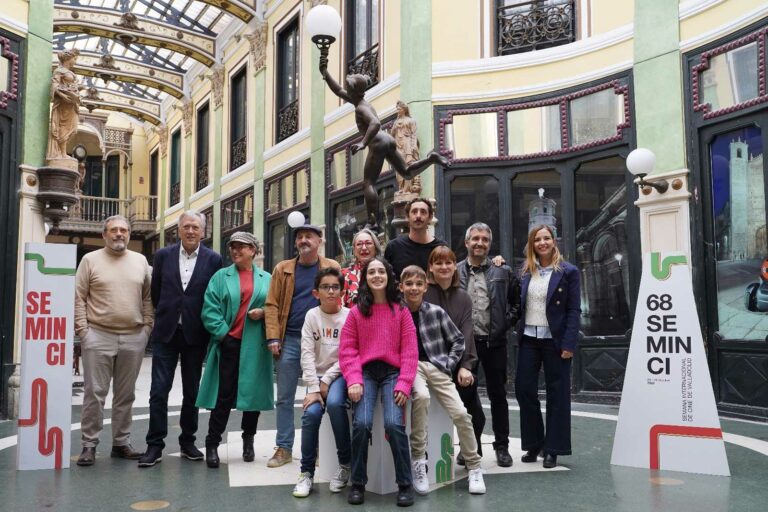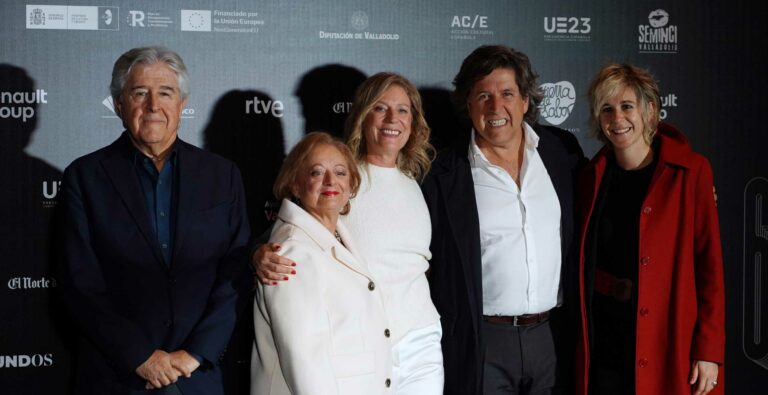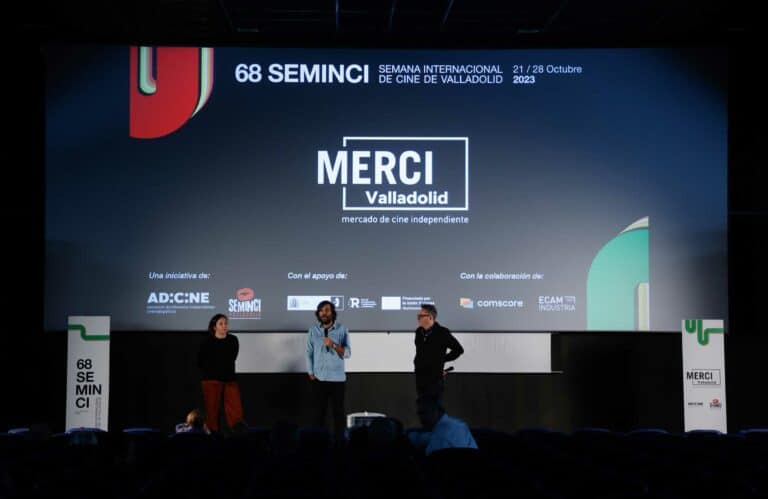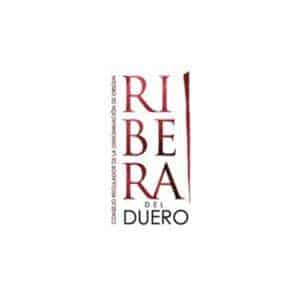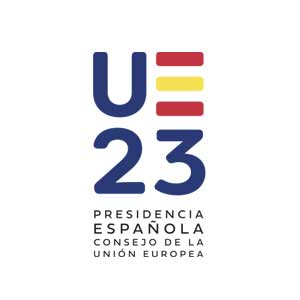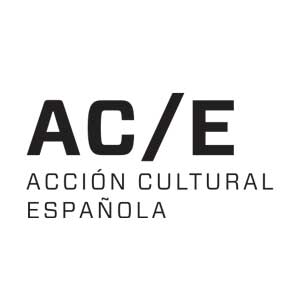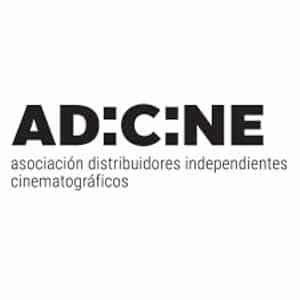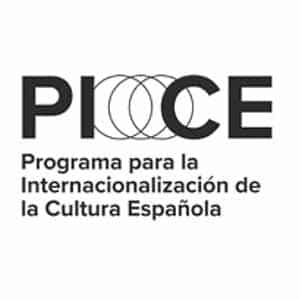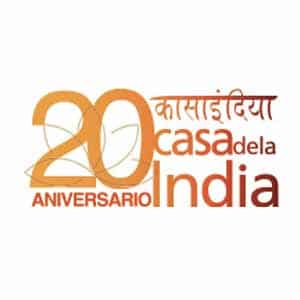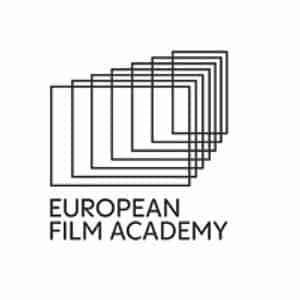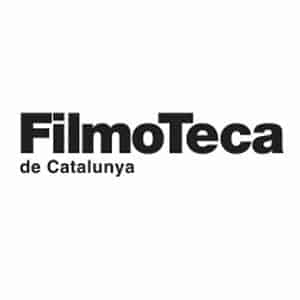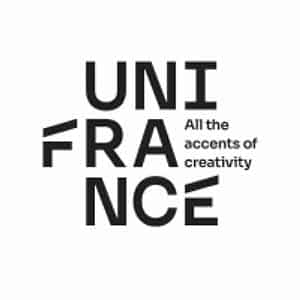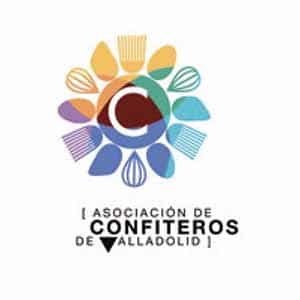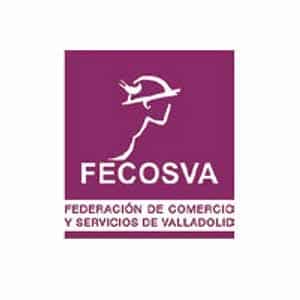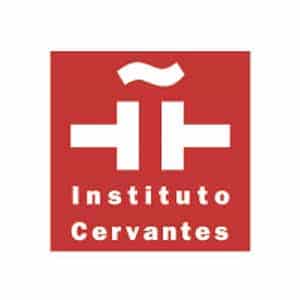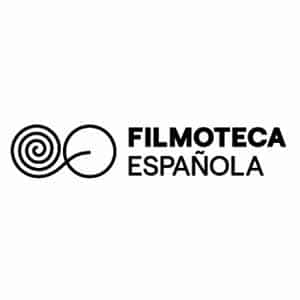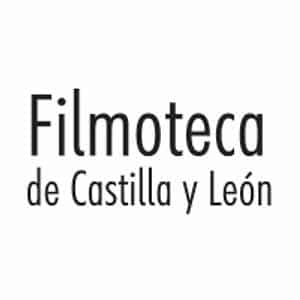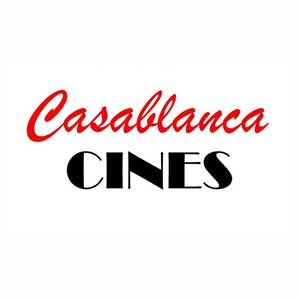The round table on Irish cinema analyses the good moment in which Irish film production finds itself, thanks to institutional support, and highlights the diversity reflected in the projects
The Round Table on Irish cinema, held this Thursday 27th in the Miguel Delibes Hall of the Teatro Calderón, analyses the importance of the aid given by the different institutions to film production, which currently has an annual budget of 200 million euros, which is a vital boost that is associated with an increase in tourism, the visibility of different groups and international connections to attract foreign productions.
The meeting was attended by Jim Sheridan, filmmaker and Espiga de Honor of the 67th Seminci; Javier Rueda, from Caimán Magazine; Mick Hannigan, director of the Cork Festival; Colm Bairéad, director of the film The Quiet Girl; Eleonora Melinn, programmer of the Irish Film Institute, and Gary McMahon, Galway City Councillor for Culture.
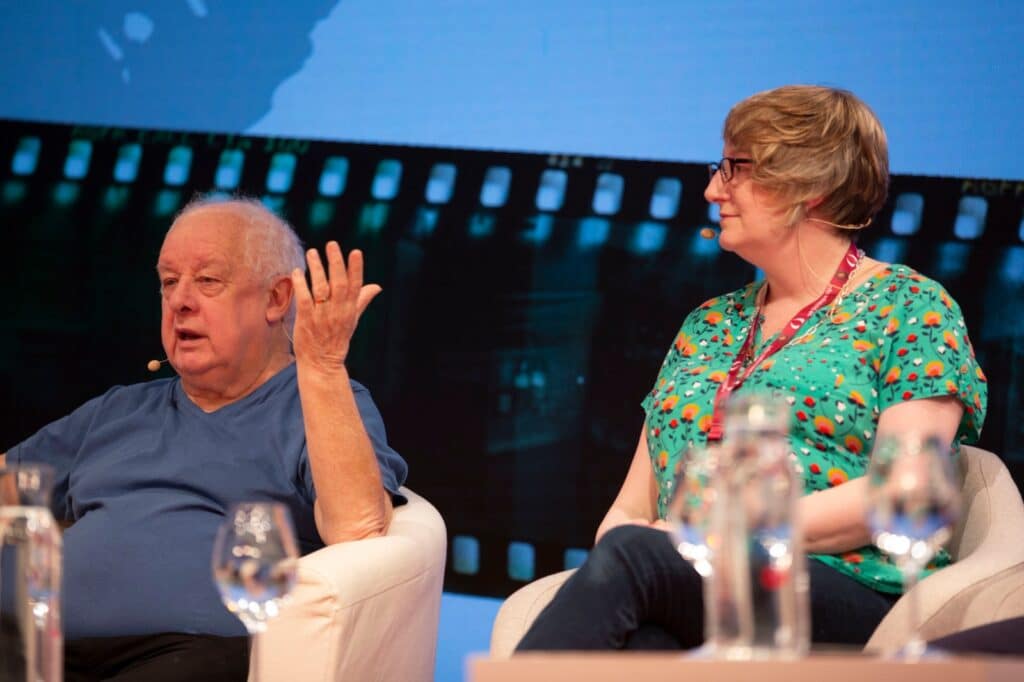
The evolution of Irish cinema is undoubtedly explained by the increase in the budget dedicated to it. Jim Sheridan opened the talk with an example from his own experience. “When I made My Left Foot there was very little funding, we barely made a million euros,” the filmmaker recalled. “In those years we survived on money from the BBC or other channels, but now the situation is better, there are more sources of funding and better projects can be made,” he said. In this sense, Bariéad pointed out that one of the grants offered is based on the choice of scripts, “two scripts are selected which are guaranteed 1.5 million”. At the Irish Film Institute, Melinn said, “we help productions with film rights”.
From Galway, McMhahon provided the four points on which his council is working. “Localisation”, helping to find locations for filming; promoting “Innovation projects; the National Talent Academy located in Galway has Writers’ workshops, and then there is the development of the west coast where they are looking to bring in foreign films but also promote local talent”.
Sheridan expanded on the tax breaks, thanks to what is known as the 481 programme, which achieves “a 32% tax deduction which is 25% of a film’s total budget. So if you have a production budget of 4 million, you get one million in aid and one million in tax benefits. “In addition, in Ireland there is a low tax rate for companies, which also attracts big companies like Apple and Google who inject a lot of money,” he added.
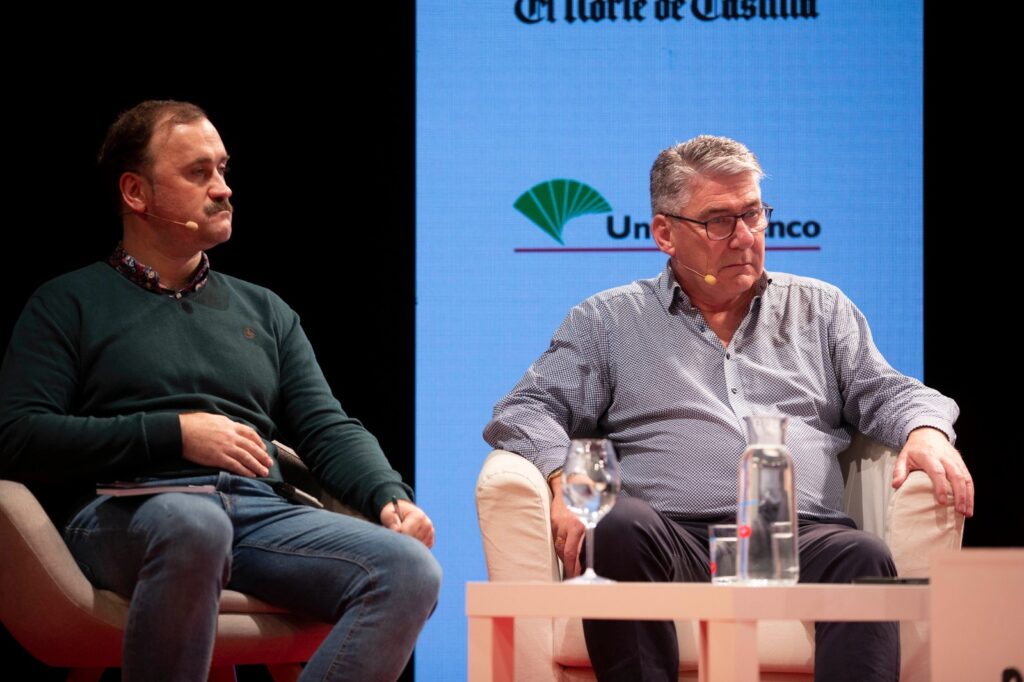
“The director of In the Name of the Father once did a play with a name that can be translated as ‘The Place of the Homosexuals’. The critics said it was worse than necrophilia. After that, we kept getting calls asking for tickets, but the city council took away subsidies. In the end they gave them back to us thanks to a friend of mine, who somehow managed to get them back from an item belonging to the Ministry of Defence. And they couldn’t take it back.
The clearest example of the economic scene of cinema in the guest country at this 67th Seminci was provided by Javier Rueda: “Aid to cinema in Spain amounts to 67 million euros a year. Now let’s compare the population of Spain and Ireland… The Irish government’s aid to cinema is 200 million euros”. In this sense, he recalled the words of José Guirao when he said that “The model for our cinema is not France, it is Ireland”.
Rueda also pointed to the benefits that not only cinema but “art can generate” such as “jobs” as well as “contributing to the GDP”. The showcase, again, is the “Irish film industry’s commitment”, which “is studied on the economic impact on the country”. “We have a lot to learn from the Irish industry,” he said.
Diversity in film
The seven Irish film experts discussed not only the evolution in the quality of production, but also the variety of themes, approaches and even locations.
Mick Hannigan highlighted the “very interesting” moment of national cinema. “When we started with the Cork Festival, we didn’t know if there would be independent films in our country,” he said, “Now we are inundated. In this respect, Hannigan remarked that “there is a variety of people coming out with projects” although “the challenge is to find audiences”. “That’s why we are looking for festivals, to find that audience. It’s interesting,” he continued, “to see the kind of films being made in Ireland. Before it was more Dublin-centric, with themes about criminal gangs… very Tarantino-like. Now we are discovering the coast with another kind of very interesting cinema,” he added.
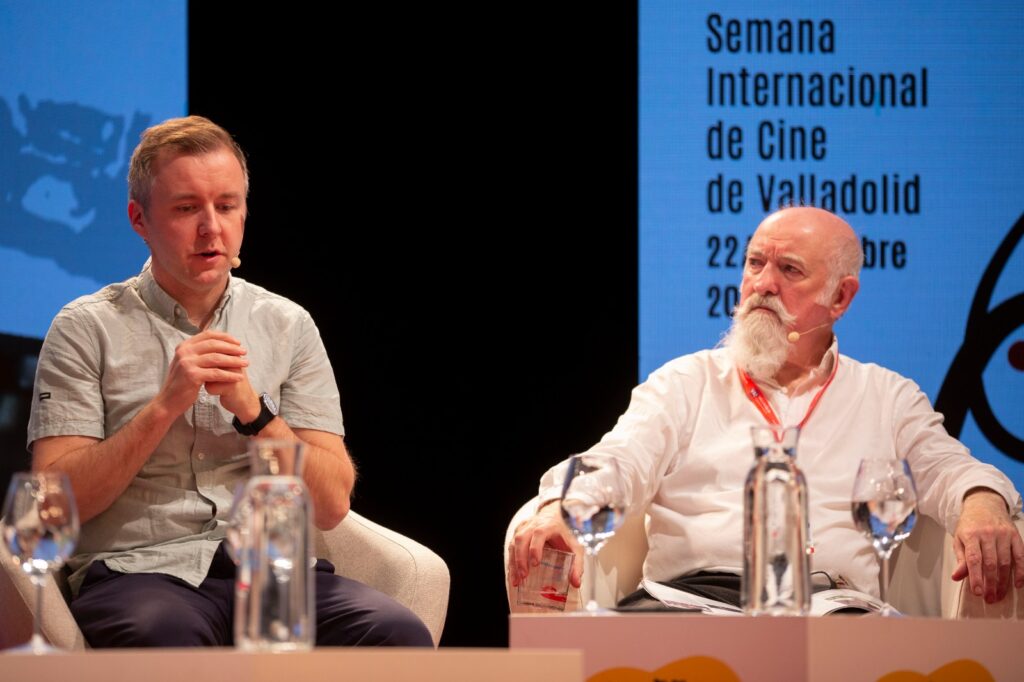
Bairéad underlined the current support for films written in Gaelic, such as his film “The Quiet Girl”, which is almost a novelty “even though it is the national language”. The “traveller” movement, similar to that of the gypsies in Spain, is also beginning to be reflected in productions.
For Hannigan, diversity in his country’s cinema has “two starting points”, specifically the films “‘The Quiet Man’, by John Ford, and ‘Into the West’, by Mike Newell”. In the latter, “there is a scene that fascinates me, in which you see a caravan of travellers and at the same time, in the air, you see an aeroplane. In the same shot you see a horse pulling a car and a plane. It shows two worlds. Eleanora Melinn added the title “Float Like a Butterfly”, set in Cork about the world of the travellers.
Women in Irish cinema
The role of women in Irish cinema was also discussed intensely at the round table. It was Javier Rueda who highlighted the presence of Irish women directors at the Seminci. “There are 7 films by Irish women directors” and “it is significant to see how these films are viewed”. Their presence is also notable in the short animated films in the Irish film series at this event, which “are all by women”. Melinn agreed: “There are many women in animation, but at the institute we work a lot with international festivals and it depends a lot on what they demand”.
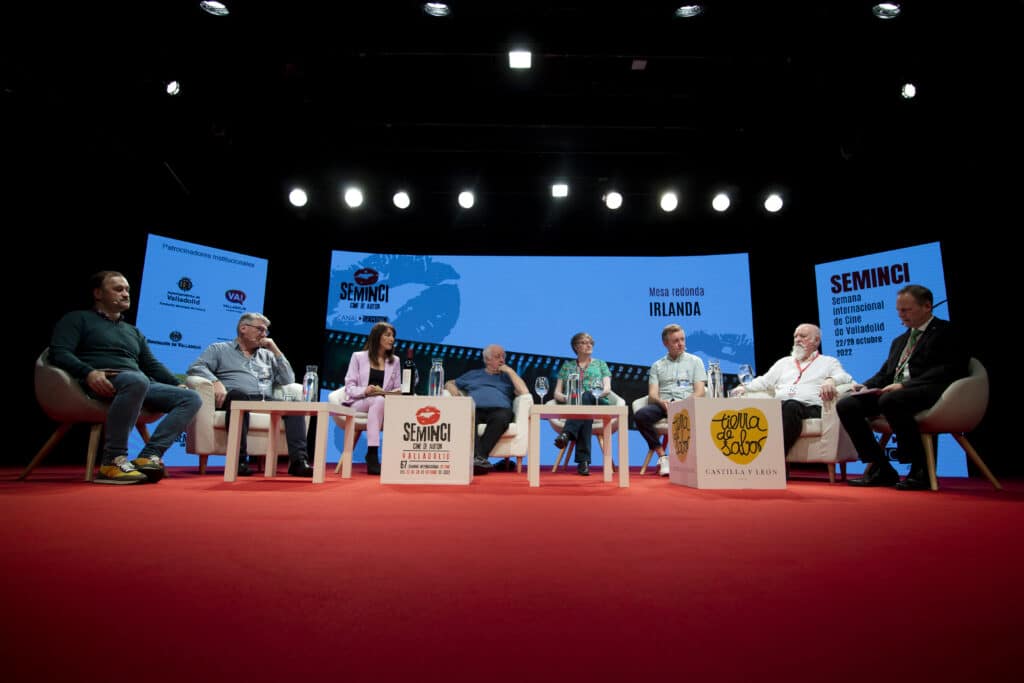
Meanwhile, Hannigan acknowledged that in Cork they saw “that it was very important to have women in all the roles in the film, but men had the main creative (directing) role, so it was decided that it was necessary to support this aspect”. In his opinion, “it is important that reality is reflected in film, and if reality is always told from the eyes of men, we are missing out on a lot”.
Sheridan recounted that he was one of the founders of the directors’ union. “Someone else was going to be the secretary, but they put him in jail for putting a condom on the stage of a play and it was my turn.” “When we started in the union, I suggested that we should involve women and I don’t remember what I got back…,” the filmmaker said, clearly avoiding uttering the outbursts that came back to him.
Meanwhile, in today’s modern Ireland, McMhahon said that “in Galway it is seen as key to support that diverse representation that exists”. “The world is not just made up of straight white men”.



